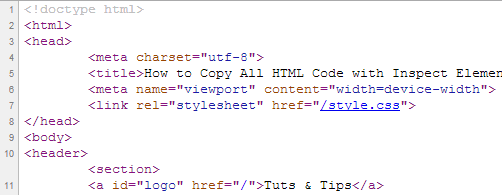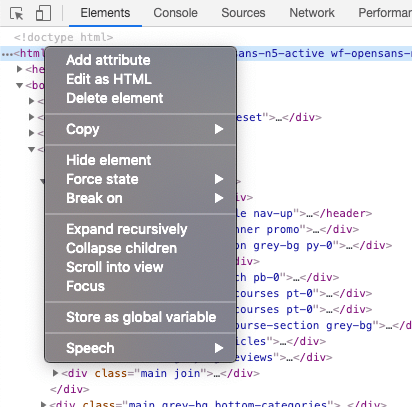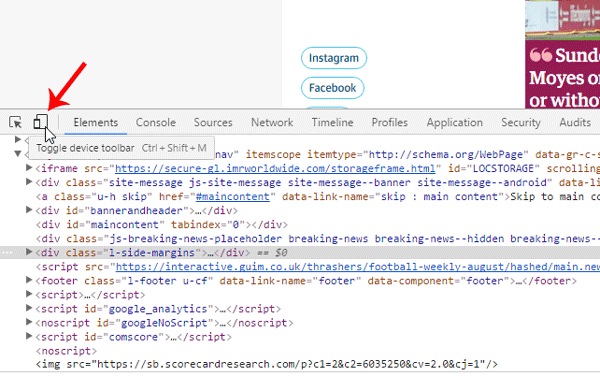

This will auto-reload all the tabs (when you connect back to the internet) that fail to load previously while the browser was offline.

It’s better to use this feature if your internet connection goes down frequently. It gives the details about how different processes are consuming browser’s memory. You can access it by typing about:memory into the address bar. There is another feature (you can call it stats for nerds) that represents the task manager with broader information. So if any one tab starts causing problem, you can close it separately instead of closing the entire browser. It treats each tab as a separate process. The Chrome is packed with built-in task manager that you can access through More Tools>Task Manager or press Shift+Esc.

The same feature is available within Chrome system. We all know about Ctrl+Alt+Delete pops up the Windows task manager. Built-in Task Manager and Memory Information You can also use it as a unit conversion tool.įurthermore, this feature will not work while you are offline because it uses Google quick result box to present answers. The answer will be presented in one of the suggestions. You can use it to do simple as well as complex calculation. If your math is quite weak, Chrome address bar could help you there. Let’s find out some of the unknown features in our latest tips and tricks of Google Chrome that will help you to browse like a boss. There are many functions, features and tweaks packed in Chrome that we still don’t know. The reason behind this successful browser is its minimalist design, performance and open source code (Chromium). Back in 2006, the aim was to build a simple and fast browser that can deliver better user experience and today Google Chrome is the best browser in the world with 52% of the total usage share of web browsers.


 0 kommentar(er)
0 kommentar(er)
